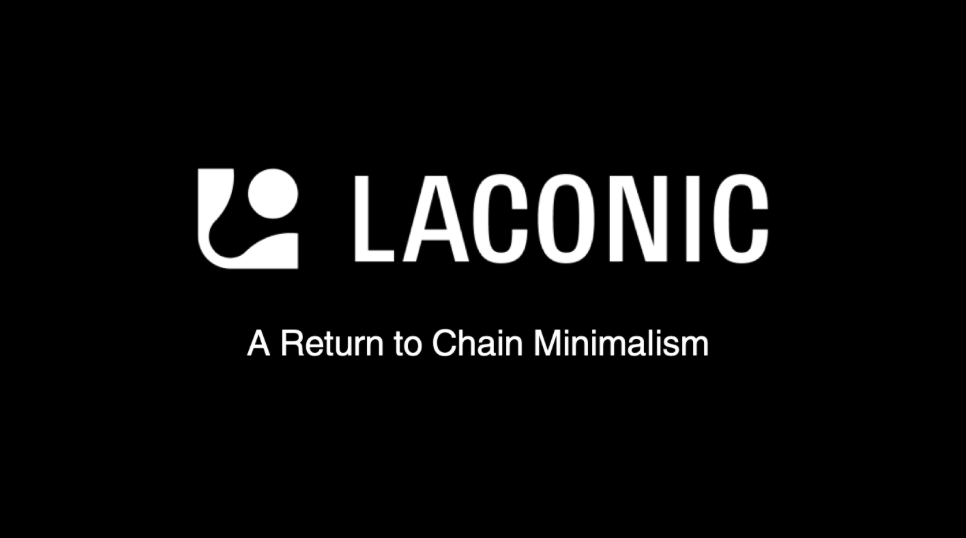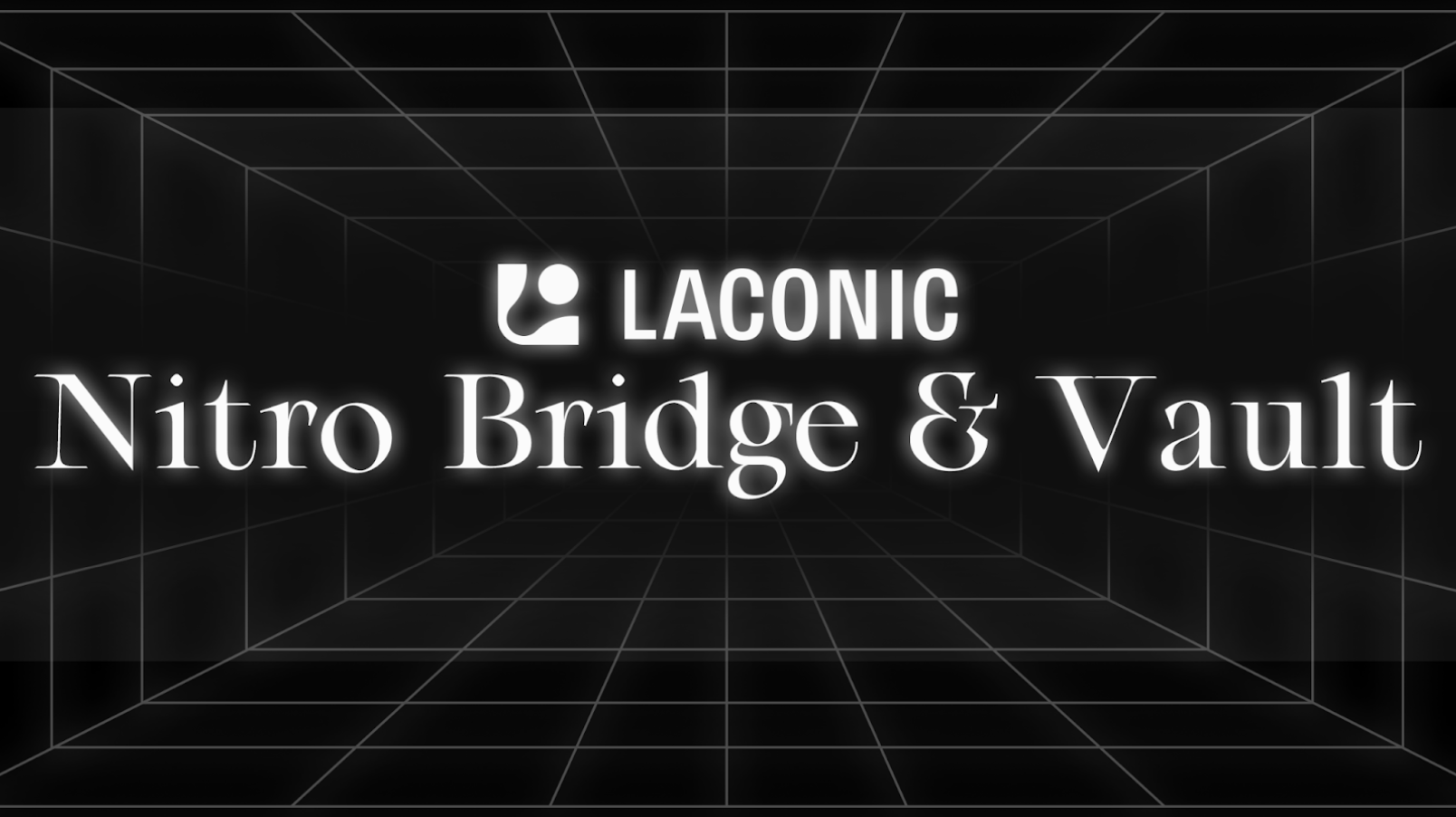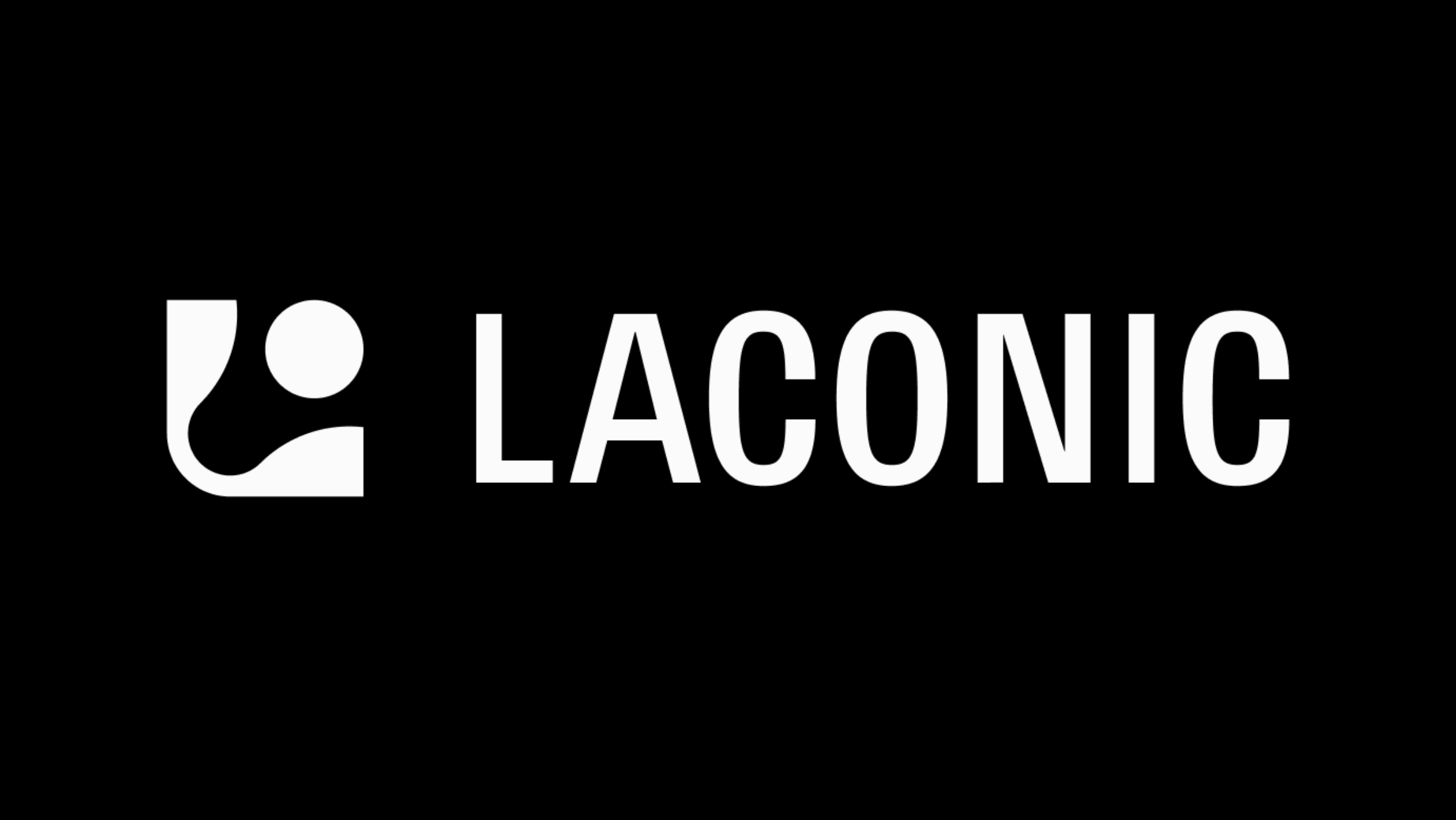A Return to Chain Minimalism
- Developers

A primer on Laconic’s approach to web3 data and how it simplifies the entire user experience.
In web3, things move fast — and one year can feel closer to five when you look at what’s being built. It’s safe to say that quite a lot has changed in the two years since we published an article outlining our vision in 2022, both in our product offering and how it solves crucial problems for web3 developers and users.
As predicted by some industry leaders on the eve of 2024, narratives around interoperability, modular vs. monolithic solutions, and regulatory pressure (and progress) remain constant talking points and focus areas.
In tandem, a growing list of technical solutions (and opportunities) for web3 has contributed to both innovation and an increasingly crowded and overly complex field. It’s almost like a buffet line where new dishes are piled on all the time, leading to longer lines, slower decision-making, and increasing fees.
How do you choose the perfect meal when the menu continues to grow?
Just this month at the latest EthCC in Brussels, Vitalik Buterin shared his own thoughts on the state of Ethereum, outlining the need for more simplicity to fuel progress and a more robust ecosystem. The Ethereum founder discussed the growing complexities and costs for running validator nodes, the state of decentralization, staking security concerns, and more.
While not everything in Vitalik’s talk was relevant to what we do at Laconic, he touched on an important theme that’s central to our vision and purpose: web3 needs more simplicity.
At Laconic, a next-generation data availability and verifiability layer, we retain original web3 and Ethereum principles in an elegant, simplified, and straightforward approach to the data solutions required to run blockchain networks and applications in a way that benefits users above all else.
It's no coincidence that our team consists of core Ethereum and Cosmos SDK developers, many of whom enjoy inspiration from some of the web3 earliest and most streamlined innovations.
Examples include Mist, the web3 browser that hoped to simplify application use and data sovereignty by running a browser and node simultaneously, and Mustekala, the lightweight, developer-friendly Ethereum client that integrated MetaMask with the libp2p network protocol to improve decentralized access to the blockchain, reducing the reliance on full, prohibitively expensive nodes.
You might notice a clear parallel between these two projects and MobyMask, an Ethereum client we built for MetaMask to protect users from phishing attacks — all with an emphasis on simplified self-hosting environments and lightweight servers that facilitate scaling secure decentralized applications.
Our past, present, and future roadmap all point toward our dedication to supporting more user-friendly, resilient, and affordable web3 applications.
Data is at the core of this challenge and opportunity, and for the last five years, we've been heads down building to bring this vision to life.
Ahead of some major milestones on our roadmap, we're ready to break new ground as the blockchain for minimalists, integrating essential data solutions into one decentralized stack, deployable from any single machine.
A minimalist approach to data means maximal opportunity for web3 apps
For better or for worse, blockchains weren’t necessarily designed to be used by humans—and most web3 developers or users would likely attest to this. From storage constraints to technical and financial overhead, friction and inefficiency are often felt around web3 data, which is notoriously expensive and difficult to read.
This reality has contributed to a current era of blockchains bloated with data, leading to rising costs for users (gas fees) and more complicated, expensive, fragmented, and often centralized solutions for developers who need that data to service their applications to users.
Growing regulation around jurisdictional access to web3 applications hasn’t made things easier for either, resulting in a lack of access and opportunity for users and the developers who need them to scale their products.
A path forward for web3 data exists in a return to chain minimalism and a web3 data solution that allows developers to employ a technology stack within a single machine.
It’s decentralization and simplicity combined, and precisely what we do at Laconic.
The power of a single machine
Chain minimalism has nothing to do with making blockchains or even data hosting solutions less powerful or far-reaching. The opposite is true: a more streamlined approach to data hosting and retrieval will extend your application's reach, giving you more to work with for less time and cost.
The above culminates in Laconic Network’s unique value proposition of easily deploying jurisdictionally diverse services — and a simplified approach to doing just that.
Application developers can go to a single platform, Laconic, and manage the entire lifecycle of a decentralized project so that their users can verify all of the properties of the system:
1. The integrity of the source code.
2. The jurisdictions from which the code is being served.
3. The integrity of indexed data needed to provide a usable service.
The result is an end-user experience that feels simple and retains data sovereignty, with a developer experience that is affordable and straightforward.
Our entire product stack creates effective and simple solutions out of some of blockchain’s most historically challenging data-driven problems. This spans an advanced, lightning-fast indexing service, bespoke RPC offering, payment support, a trust-minimized bridge, preconfigured hardware nodes (complete with everything you need in the box), and even a personal phone that runs our entire stack.
The connective tissue between our product offering spans technology, governance, and incentive alignment to bring essential application data directly from on-chain to developers to the users who need it to work, trade, game, create, and connect.
In an industry with more people than ever competing for a larger slice of a crowded pie, we connect the dots — and data — between developers, applications, and their users while retaining web3’s original principles. The result is an end-user experience that captures and evolves the original web3 vision from which it was born.
For the latest updates, follow us on our X account.

